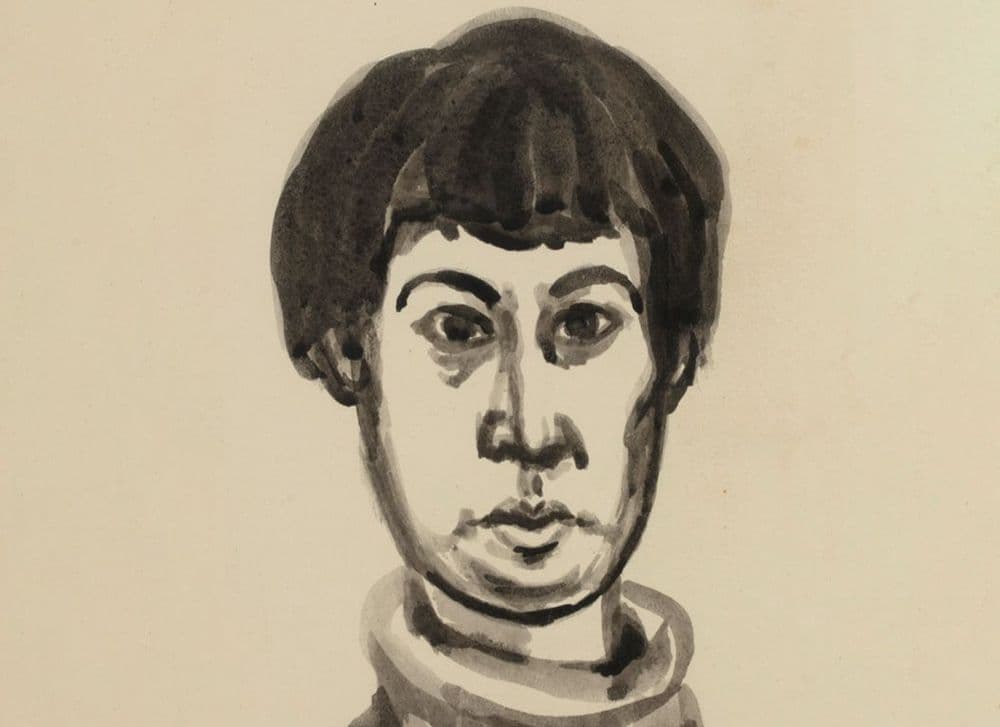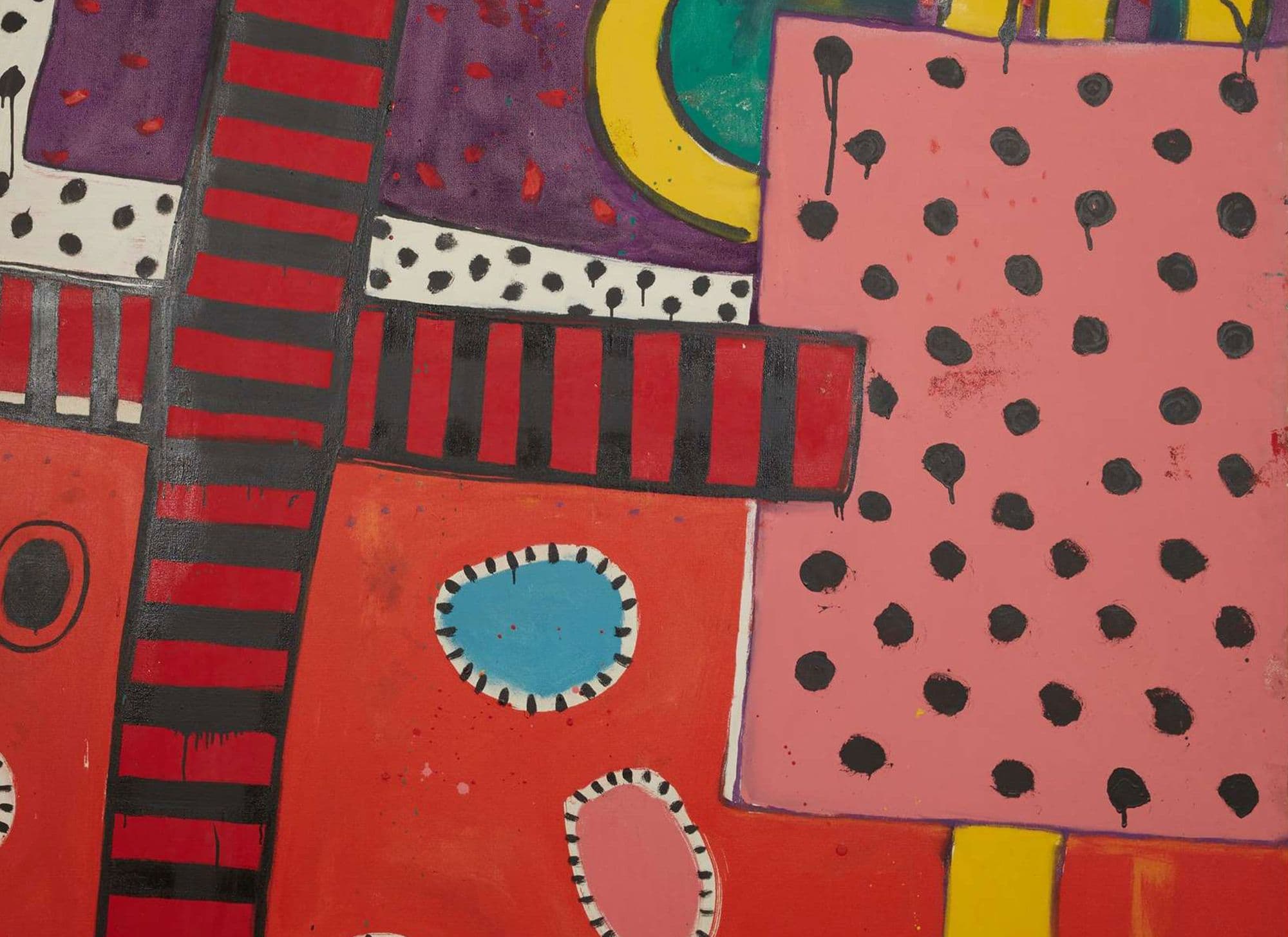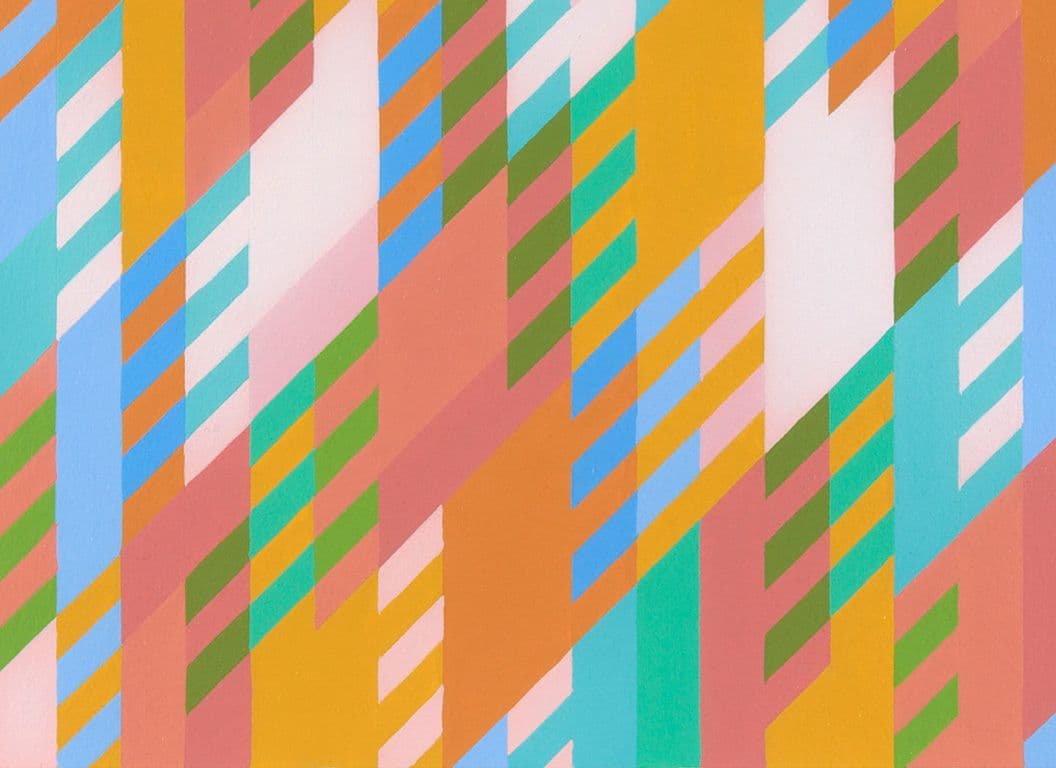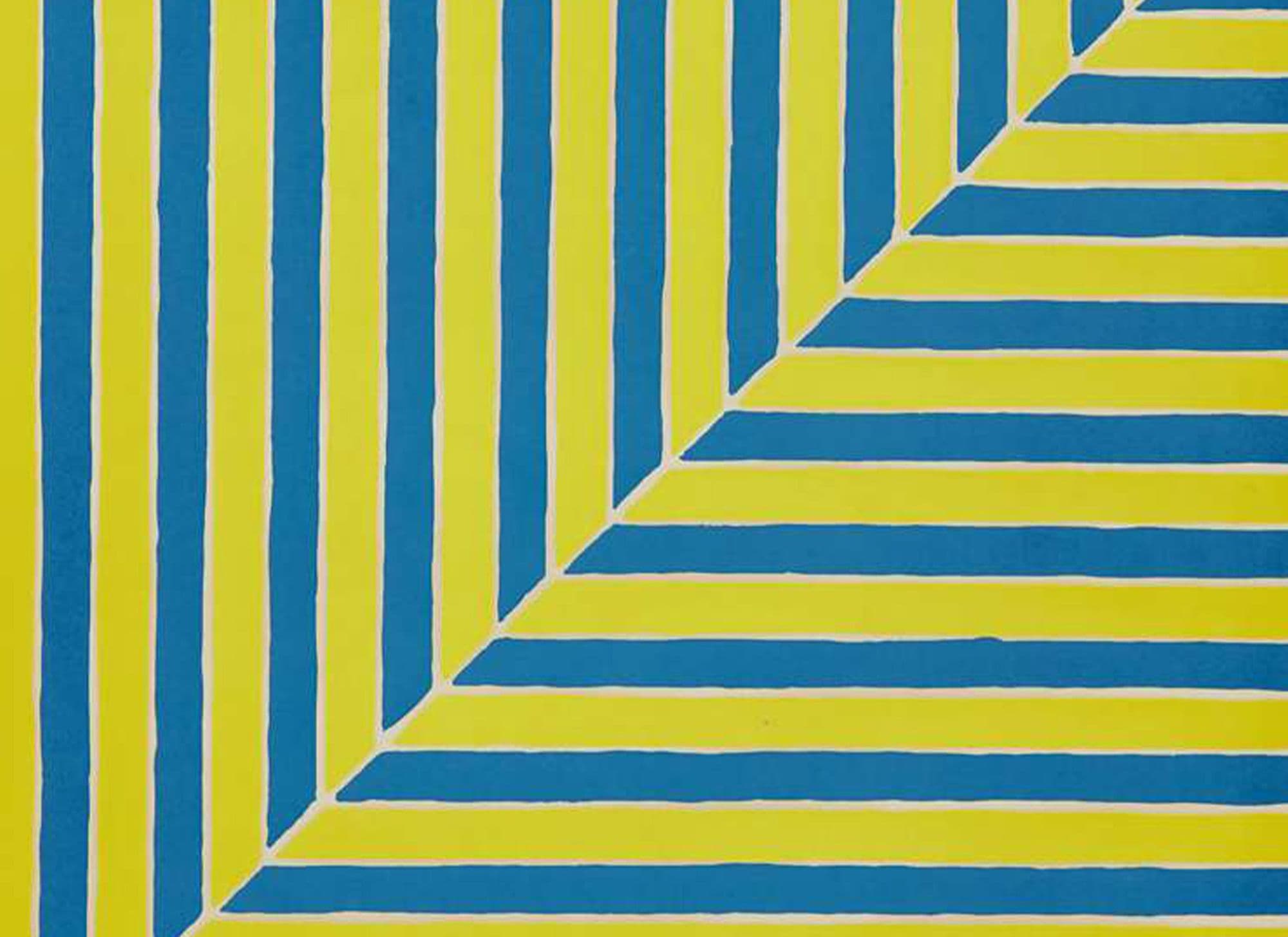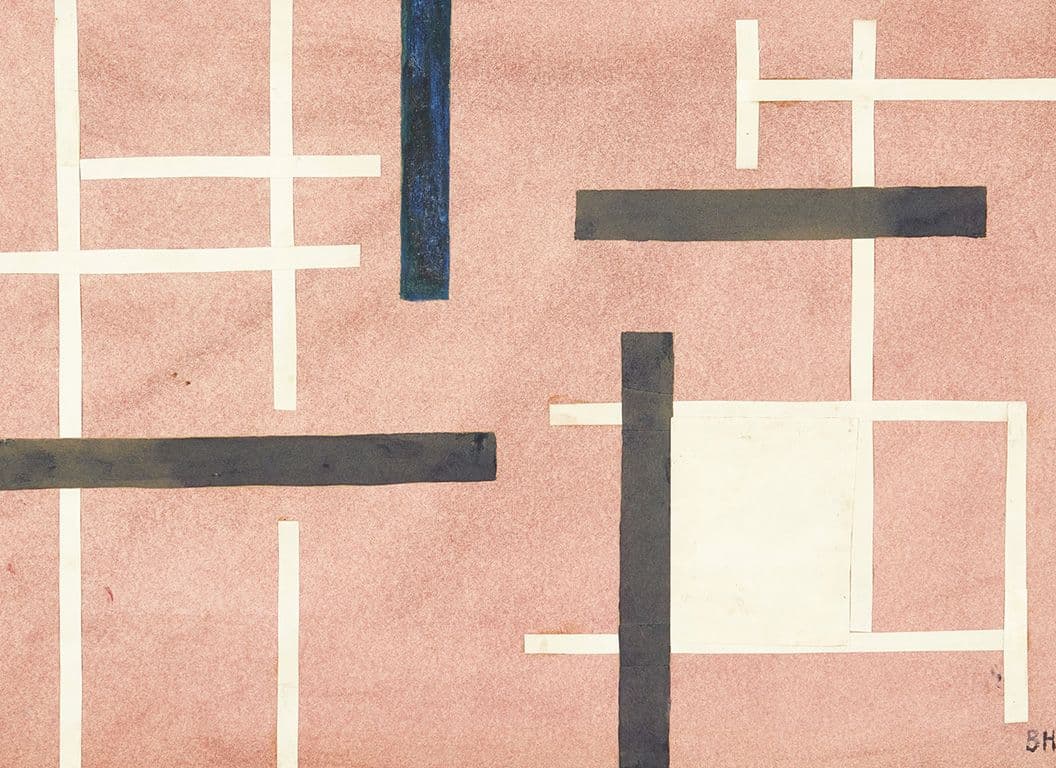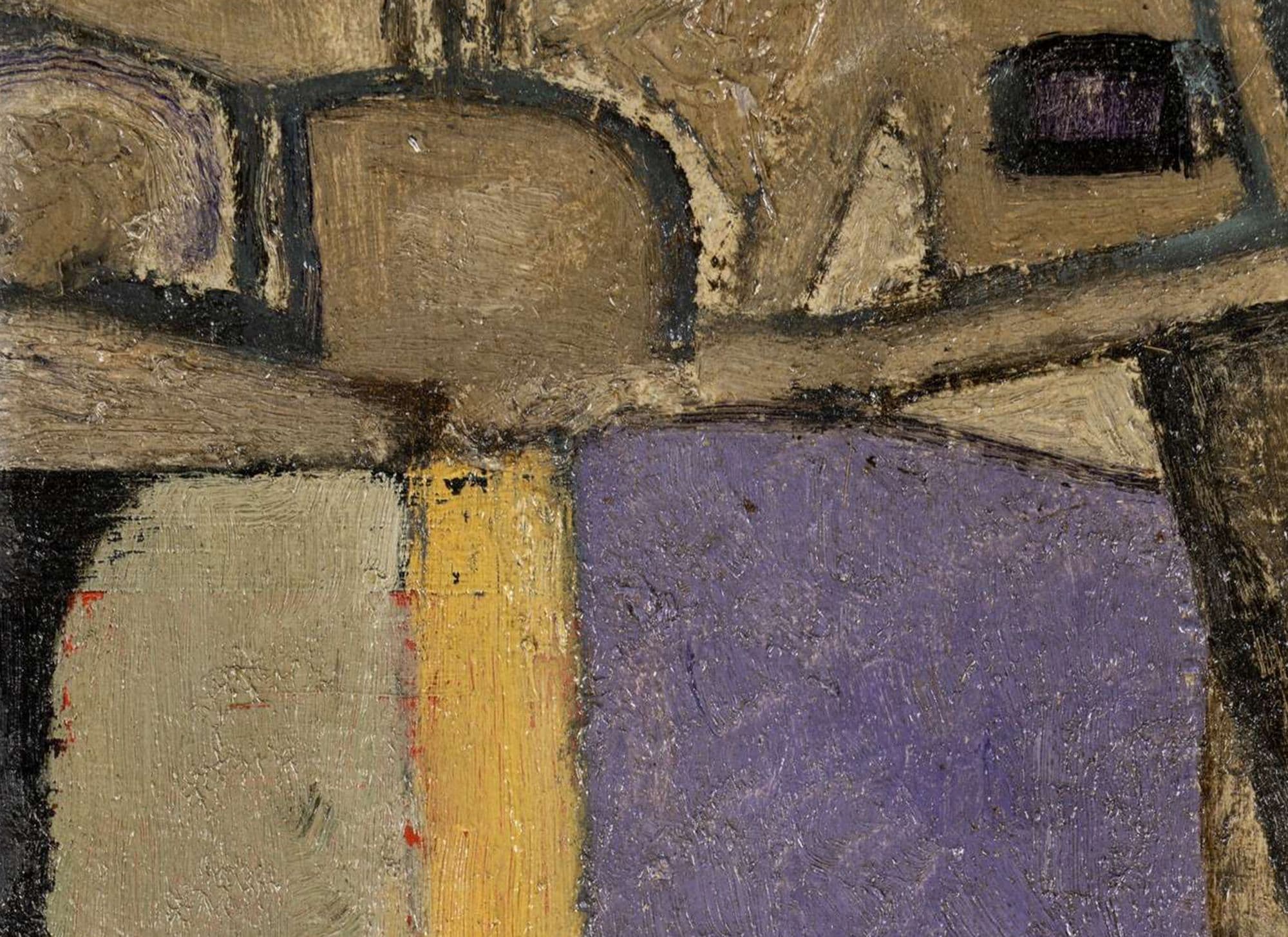Bet Low was born in 1924 in Gourock, a town at the mouth of the River Clyde. In 1942, she enrolled at the Glasgow School of Art. Here, whilst training under teachers like David Donaldson and Benno Schotz, she befriended contemporaries including Joan Eardley and Ian Hamilton Finlay, as well as influential émigré artists Josef Herman and Jankel Adler, whose studio she eventually took on. Like Eardley, Low followed up her diploma with a formative residency under James Cowie at Hospitalfields, Arbroath.
Low possessed a single-minded focus and resolutely pursued an independent artistic career, immersing herself in the creative community of Glasgow’s Unity Theatre. Here she painted and designed sets, illustrated periodicals and depicted the theatre’s characterful members of cast and crew. The theatre shared the same building at the Refugee Centre which influenced Low’s burgeoning socialist ideologies. Though quite literally freezing in the proverbial bohemian garret during this time, the single-minded Low was in her element.
Over these formative years, Low fostered an enduring love of philosophy, politics and progressive discussion. In 1946 she joined the Clyde Group of Writers and Artists, whose manifesto sought to bring art and poetry to the masses, via a proactive series of exhibitions and events.
It was during this period that Low produced the bold, expressionistic ink drawings and linocuts of a Glasgow that has since disappeared. They remain remarkable snapshots of social history depicting markets, street protesters and sooty tenement backcourts.
Later, the ever-industrious Low set up The New Charing Cross Gallery in the early 1960s with fellow artist John Taylor. They invited art lover and collector Cyril Gerber to its board, who went on to found the Compass Gallery which carried on their good work and continued to promote Low and her peers. Both galleries finally provided a much-needed platform for the city’s more progressive artists.
Low is best known for her atmospheric depictions of the Scottish landscape. She was especially interested in capturing and conveying the play of light as it traverses landforms and bodies of water. Above all, these works convey the transience of experience, evoking the sensation of a breeze on the face, a mizzle of mist on the skin, the sense of wonder felt when the light slants through a cloud ‘just so’, creating an effect so simply stunning it bonds itself to our memory.
Much of her best work in this area was painted in Orkney. While there, she became the friend of the poet George Mackay Brown, their connection unsurprising given the poeticism that permeates her own work. Together they collaborated on ‘poem paintings’, celebrating the beauty of the Orcadian landscape.
Though critically regarded, loved by the canniest collectors of Scottish art, and increasingly on the radar of the next young generation of artists, Bet Low remains something of a well-kept secret, her market not quite yet reflecting her prominent standing in the story of Scottish art. This is beginning to change, with prices notably and deservedly beginning to elevate in recent years.
